A History Of Crime & Punishment
The British Columbia Penitentiary, commonly referred to as the BC Pen, was a maximum-security prison in New Westminster, on a site overlooking the Fraser River. It opened in 1878, was home to prisoners serving sentences longer than two years, and was the first federal penitentiary to open west of Manitoba. The prison was officially closed on May 10, 1980.
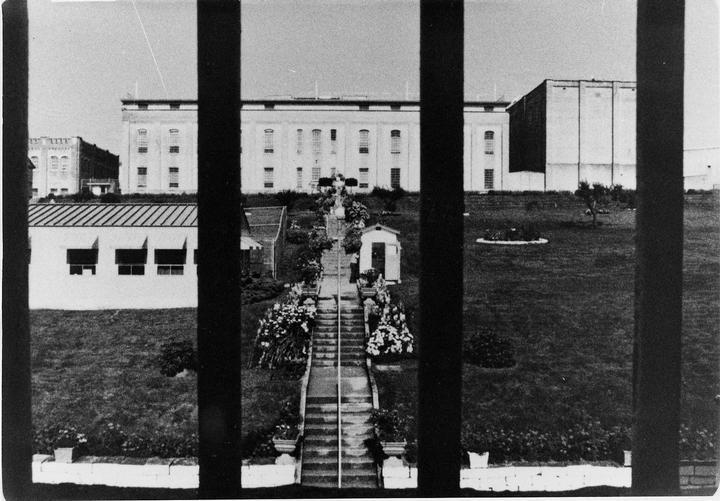
The original complex included a main gatehouse and a few brick and wooden buildings. Other structures were added over time and the large cell blocks, which housed most of the inmates, were built between 1904 and 1914.
By the time the prison closed, the BC Pen contained, among other things, cell blocks, offices, a hospital, a kitchen, work and school facilities and two chapels.
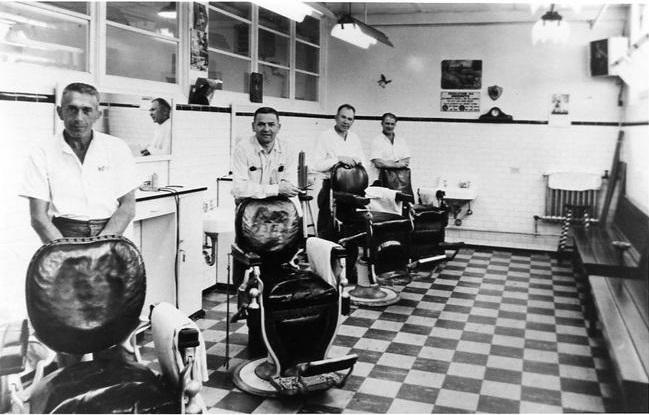
The perimeter was initially fenced with a wooden fence, which was replaced with a 30-foot rock wall and finally a 40-foot concrete wall. Guard towers were set up on each corner.
In accordance with the standards set by the Canadian Penitentiary Service, staffing at the BC Pen increased over time – from about 171 in the mid-1950s to about 363 in 1976, despite a decrease in the prison population.
Overcrowding plagued the BC Pen starting in the 1950s, with as many as 765 prisoners calling the institution home. The Canadian Penitentiary Service tried to correct this issue by transferring some of the inmates to other prisons, and by the mid-1960s, the population had been reduced to about 500 inmates.
The BC Pen’s Most Interesting Prisoners
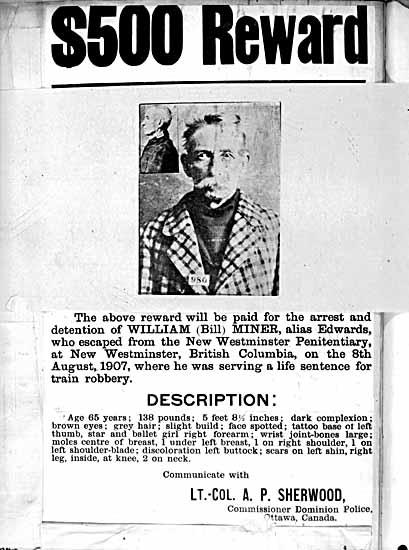
The Doukhobors
Through the mid-20th century, the Sons of Freedom sect of the British Columbia Doukhobors protested against government injustices or interferences by committing arson and acts of public nudity. This led to mass arrests and convictions, which often overcrowded the prison further.
In response to these influxes of prisoners, the BC Pen often set up satellite prisons or prison camps to hold the new prisoners, which were closed after the majority of the sentences expired and the prisoners were released.
In 1950, a mass conviction of Doukhobors, in relation to arsons, led to the BC Pen setting up a self-contained compound for these particular prisoners, adjacent to the main penitentiary. The prisoners set the compound on fire twice in 1951, the last one mostly destroying it. The Doukhobor prisoners were then moved to the main prison and they struck a 35-day hunger strike that ended with forced-feedings.
After another mass conviction in 1953, relating to arson and public nudity, the prison built new huts. These accommodations were used to house members of the general prison population, in order to free up space in the penitentiary for the Doukhobors in the fireproof cells of the main cell block.
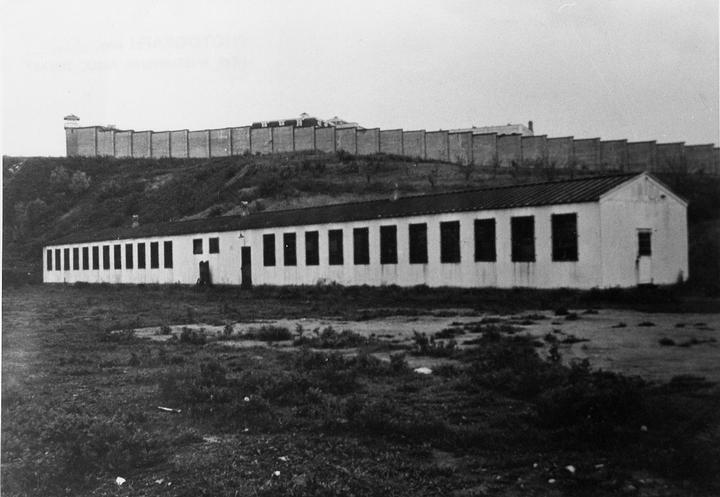
In yet another round of arsons in 1961 and 1962, the BC Pen was prompted to build Agassiz Mountain Prison as a satellite of the penitentiary. This prison was specifically designed to house Doukhobor prisoners. Since the Doukhobors refused to do any work during their sentences, there were no work programs or privileges for the inmates and the entire facility was fireproofed as much as possible – everything, including furniture, was made of concrete or metal; all fabrics (including clothing and bedding) were fireproofed, as well.
Frank Wilson
Died July 20, 1967
Frank Wilson was serving a life sentence as a habitual criminal, after 54 years of petty crimes. Although his crimes were minor, Wilson became well-known in Vancouver and a comic figure for pleading to various judges that he had done away with his life of crime due to his advanced age. He was 72 when he died in the BC Pen.
Moses Paul
Died March 16, 1917
Paul was convicted as an accessory to murder, but may have been involved in a killing spree that claimed three lives – including that of a Mountie. He and his partners in crime were the subjects of a manhunt involving more than 50 men.
Reginald Colpitts
Died Nov. 24, 1967
Colpitts was only 19 years old when he was sentenced to 12 years in Dorchester Penitentiary in New Brunswick. He was transferred to the BC Pen after earning a life sentence for killing a prison guard at Dorchester. The crime files of a local newspaper noted Colpitts was “chronically disturbed,” with “homicidal and suicidal tendencies.” He hung himself in his cell.
Donald Bottineau
Died Oct. 7, 1962
Bottineau committed sex offenses against girls between eight and 12 years old. He died after accidentally falling from the back of a truck on the prison grounds.
Lewis Colquhoun
Died Sept. 22, 1911
Colquhoun and his partners, Billy Miner and Shorty Dunn, robbed a Canadian Pacific Railway train. The Vancouver Daily Province reported Colquhoun died in the BC Pen hospital and his death registration lists him as being buried on the grounds of the Pen.
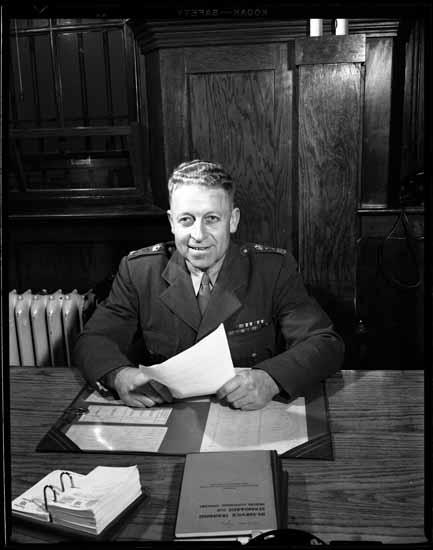
Executions
The first man to be executed at the BC Pen was Joseph Smith, 24. Smith and another inmate, Herman Wilson, killed a guard during an escape attempt on Oct. 5, 1912. Wilson was shot in the neck and died of blood poisoning on Oct. 29; Smith was tried and convicted of murder.
The official reason for conducting the execution at the BC Pen, rather than transferring Smith to a provincial institution, was that it was simply easier to continue housing Smith where he was. However, it is likely the prison intended Smith’s execution to serve as an example to the other inmates. Smith was executed by hanging on January 31, 1913. A scaffold was specially constructed for the execution, and erected near the spot where the guard had been killed.
Another prisoner executed by hanging at the BC Pen was Mewa Singh. On October 21, 1914 Singh shot and killed Canadian Immigration Inspector William Charles Hopkinson in a Vancouver Courthouse hallway. The shooter freely admitted guilt and on January 11, 1915 Singh was hung.
Riots
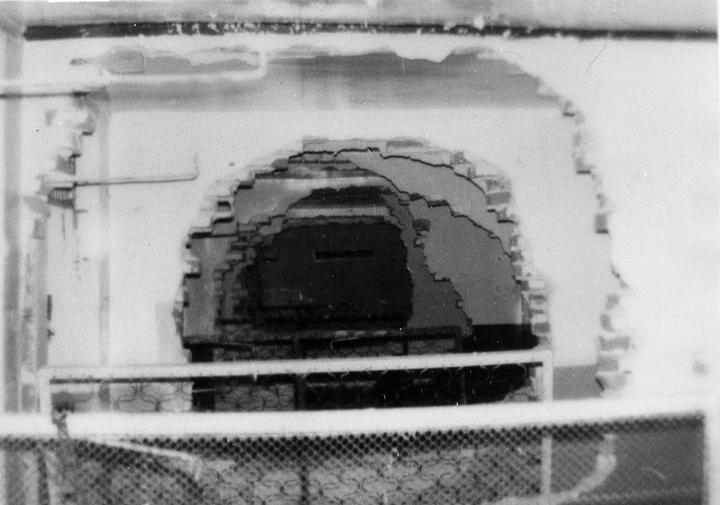
Like many other maximum-security prisons in that era, the BC Pen experienced its share of inmate suicides, self-mutilations, stabbings, escape attempts and murders. However, in its later years, the BC Pen became known for its riots and hostage-takings.
The first riot at the prison, in 1934, started with prisoners protesting generally poor conditions, and they were also demanding to be paid for the work they were doing. This riot was instrumental to the Canadian government implementing a policy to pay prisoners five cents a day.
Other major incidents occurred in 1963, with a riot and hostages taken; a riot in 1973; hostages taken in three incidents in 1975; and six incidents of riots and hostages taken in 1976.
Click here to read the Official Commission of Inquiry of the June 1975 hostage taking
The largest major incident in the BC Pen’s history started on Sept. 27, 1976. A large percentage of the prisoners started rioting as they were released from their cells for showers. Over the next few days, the inmates destroyed most of the cell blocks and several other parts of the prison. A deal was eventually struck on Oct. 2, peacefully ending the riot, and the hostages were released.
Closing the BC Pen
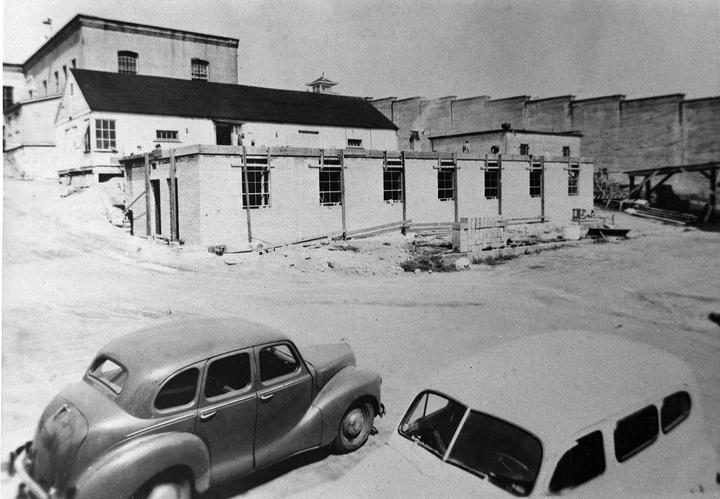
On March 12, 1979, the Correctional Service of Canada announced it would be closing the BC Pen. Inmates were gradually transferred to Kent Institution, and the last remaining inmate left on Feb. 15, 1980.
For two weeks in May 1980, the prison was opened up to the public for the first time. Over 80,000 people attended the open house and a formal ceremony was held to mark the prison closing after 102 years.
The BC Pen Today
Most of the buildings on the former prison site have been demolished and replaced by residential housing. Only four parts of the original complex still remain: the gatehouse, which is now a sports bar; the coal house; the original Centre Block, which has been converted to offices; and the cemetery.
10 Interesting Facts about the BC Penitentiary
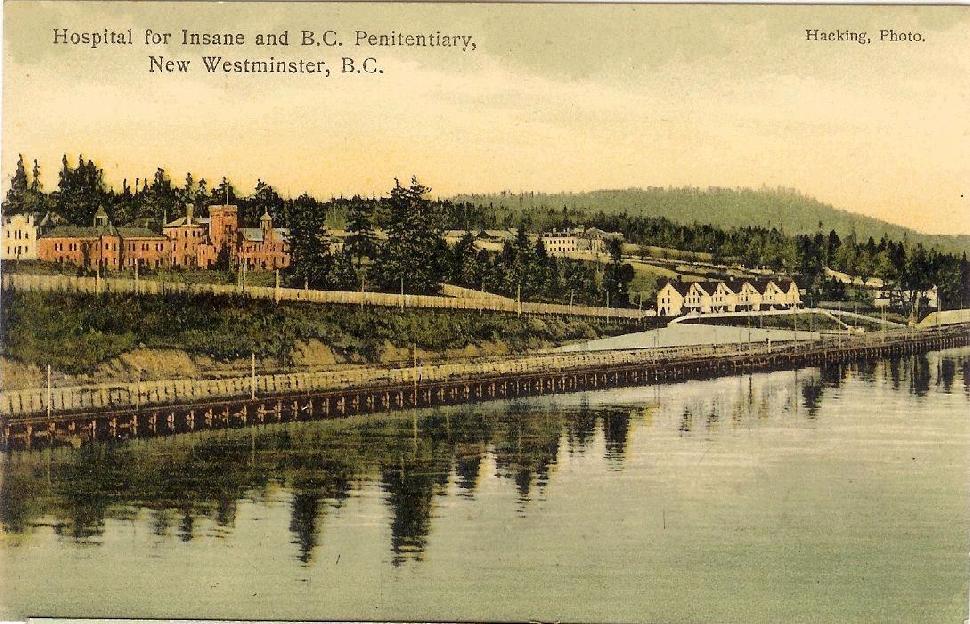
- The BC Pen was full of structural problems when it opened, from floods in the basement to faulty plumbing and heating, bars missing or not properly attached to the walls and lack of a proper medical facility.
- Until 1961, the prison also included a farm, located across the street from the penitentiary. Some inmates would be assigned to work here.
- The BC Pen facilities did not include a dining hall. The inmates had to eat their meals in their cells.
- Although most of the prison has now been demolished, the cemetery still remains in what is now Glenbrook Ravine Park and is owned by the city of New Westminster. The cemetery is overgrown and easy to miss.
- Doukhobor prisoners began a hunger strike in August 1962, which carried on for over a year and resulted in one death from malnutrition, despite forced-feedings.
- The last Doukhobor prisoner was released in 1970 and the Agassiz Mountain Prison was turned into a prison for elderly inmates from the BC Pen. Eventually it was split off as a separate, medium-security prison.
- Corporal punishment was initially the preferred method of discipline for any prisoner that broke the rules, with flogging being the most common. Corporal punishment was gradually phased out, until it was banned outright in 1972. Other forms of punishment included working on chain gangs, a diet of bread and water and solitary confinement.
- An inmate named Jack McCann spent 1,421 days – with 754 of those being consecutive days – in solitary confinement between 1970 and 1974.
- The prison’s solitary confinement cells were known as being especially brutal for a modern prison.
- The New Westminster Heritage Preservation Society has listed the BC Pen cemetery as one of its top 10 most endangered heritage sites or buildings.

